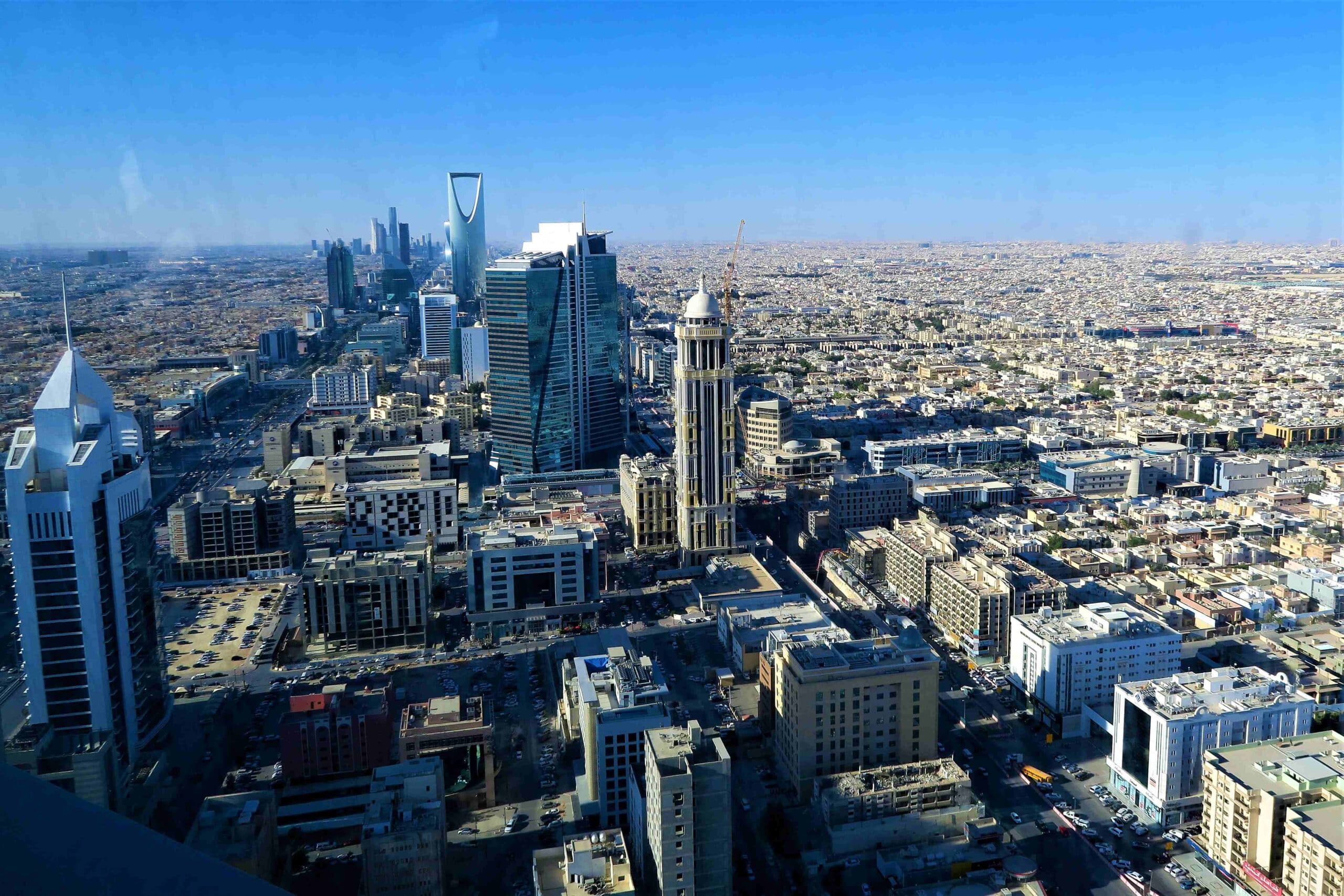The Saudi census of 2022 has recently provided the public with fresh insights into the population statistics based on nationality. This long-awaited data unveils critical dimensions of the likely presence of de-facto refugees in Saudi Arabia, and consequently casts new perspectives on the country’s refugee policies.
Elusive figures no more
For scholars analysing migration to the Gulf Cooperation Council (GCC) states, obtaining reliable statistics has been a vexing challenge. Saudi Arabia, along with other GCC members such as Qatar, UAE, Oman, Bahrain, and Kuwait, traditionally publishes estimates on the numbers of Saudi and non-Saudi populations. However, a breakdown based on nationality was absent. This made it difficult to precisely ascertain the number of migrants and refugees from various nationalities, particularly Syrians, whose presence has been a subject of debate and criticism.
Setting the record straight
The 2022 Saudi census revealed a significant presence of nationals from countries that are major sources of refugees globally. Among the top ten countries under UNHCR’s mandate in 2022, six have large communities in Saudi Arabia: Syria, Afghanistan, Myanmar, Sudan, Somalia, and Eritrea. These numbers include 816,600 Sudanese, 449,300 Syrians, 132,300 Afghanis, 163,700 Myanmar nationals, 47,300 Eritreans, and 45,700 Somalis. Additionally, 1,814,700 Yemenis and 129,900 Palestinian nationals are residing in the Kingdom.
Interestingly, since 2018, Saudi Arabia has maintained that approximately 5% of its total population comprises refugees, a claim based on the ad-hoc assistance provided to Syrians, Yemenis, and Rohingya. However, this figure represents a form of soft recognition, and the actual number of individuals who might be entitled to refugee status under international law is likely higher.
The intricacies of identifying refugees
It’s crucial to understand that while the Saudi census figures shed light on the presence of people who might be refugees, they don’t paint the complete picture. Many individuals residing in Saudi Arabia, particularly from Palestinian and Rohingya communities, often hold travel documents from third countries, complicating their identification. Furthermore, the majority are classified as temporary labour migrants, despite many having resided in Saudi Arabia for decades. Without a formal refugee status evaluation, it is challenging to ascertain the number of people eligible for asylum.
A shift in terminology and perception
Another noteworthy aspect is the inclusion of migration as a main category in the census, signalling a potential shift in Saudi Arabia’s approach to foreign populations. Historically, Saudi Arabia has been averse to the terms “migrant” and “migration,” preferring to label foreign populations as “guests” and “visitors”. This change in terminology might indicate a gradual recognition of the permanency of certain populations within the Kingdom.
Moving forward: Saudi Arabia and refugee law
The Saudi census results underscore the importance of acknowledging the probable presence of hundreds of thousands of individuals in Saudi Arabia who might be entitled to asylum under international law. As conversations about Saudi Arabia’s commitment to refugee and asylum law continue, this data serves as a foundational basis for advocacy and dialogue. A deeper understanding of the situation is vital not only for regional geopolitics but also for the lives of those who may find refuge within Saudi Arabia’s borders.
As Saudi Arabia’s role in Middle East affairs evolves, it’s essential that this information is harnessed to foster informed discussions on refugee policies and encourage engagement with both domestic and international refugee and asylum laws. The Saudi census figures are a step in the right direction, and continuous transparency and dialogue are critical for addressing the complexities of migration and asylum in the Kingdom.
Image Credit: Ekrem Osmanoglu on Unsplash



















